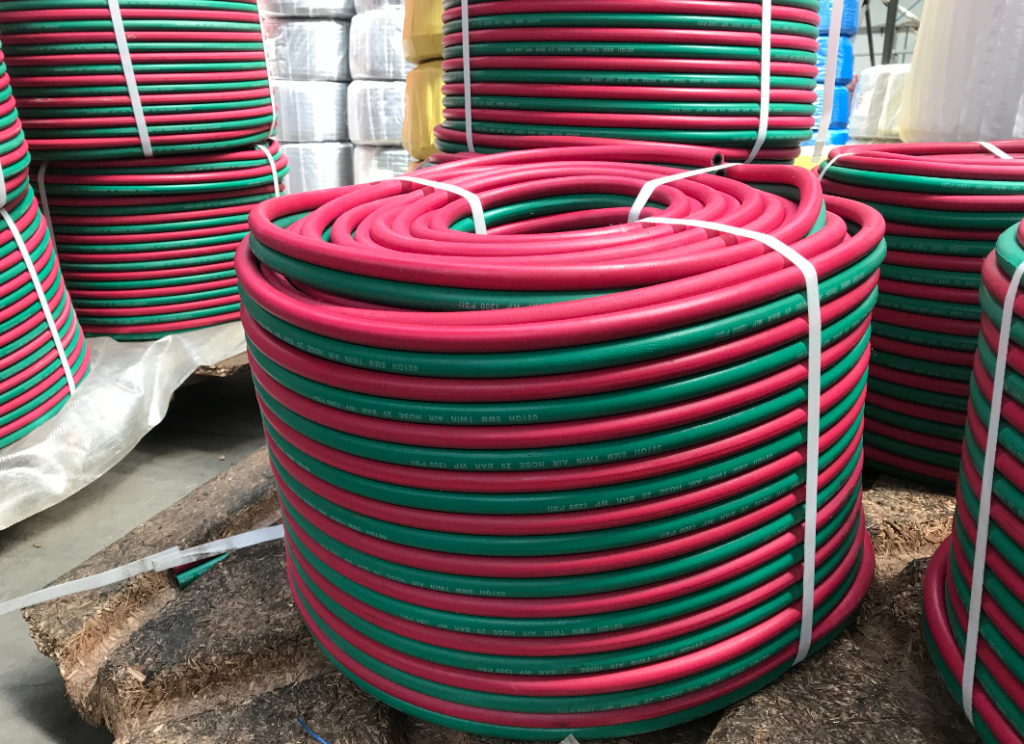
In the world of gardening, the tools you use can significantly impact your experience and the health of your plants.flexible hoses for garden Among the most essential tools for any gardener is the garden hose, but traditional hoses often come with a host of frustrations: they can be heavy, prone to kinks, and difficult to store. Enter the flexible garden hose, an innovative solution that is transforming the way we water our plants. In this article, we’ll explore why flexible hoses are a must-have for modern gardeners.
The Challenges of Traditional Hoses
Many gardeners can relate to the struggles of using traditional garden hoses. Made from rubber or vinyl, these hoses can be cumbersome and unwieldy. When filled with water, they become heavy, making it difficult to maneuver them around the garden. Additionally, kinks and twists are all too common, often disrupting the water flow and leading to wasted time spent untangling. With the rise of flexible hoses, these problems can now be a thing of the past.
What Makes Flexible Hoses Superior?
Flexible hoses are designed to alleviate the common issues associated with traditional hoses. Made from lightweight, durable materials like reinforced PVC or fabric, these hoses offer numerous advantages:
- Lightweight and Easy to Handle: One of the most significant benefits of flexible hoses is their lightweight design. This makes them easy to carry and maneuver, allowing you to water your garden without feeling weighed down.
- Kink-Resistant Technology: Flexible hoses are engineered to resist kinking and tangling, ensuring a smooth and uninterrupted flow of water. This means fewer interruptions during your watering routine, allowing you to focus on nurturing your plants.
- Compact and Space-Efficient: After use, flexible hoses can easily shrink down to a fraction of their length, making them incredibly easy to store. Their compact design is perfect for gardeners with limited storage options, as they can be coiled up and tucked away without taking up much space.
- Durability and Weather Resistance: Many flexible hoses are built to withstand various weather conditions. They are often resistant to UV rays, cracking, and extreme temperatures, which means they can last for years without needing replacement. Investing in a durable hose not only saves money but also contributes to a more sustainable gardening practice.
- Versatile Applications: Flexible hoses are not just for watering your garden. Their lightweight and adaptable design makes them suitable for a wide range of tasks. Whether you’re washing your car, filling a pool, or cleaning outdoor furniture, a flexible hose can handle it all.
Choosing the Right Flexible Hose for Your Needs
When it comes to selecting the best flexible hose for your garden, there are several factors to consider:
- Material Quality: Opt for hoses made from high-quality, durable materials that will withstand wear and tear. Reinforced hoses tend to offer better performance and longevity.
- Length: Consider the size of your garden when choosing a hose length. Longer hoses can reach more areas without needing to switch outlets, while shorter hoses may suffice for smaller gardens.
- Diameter: The hose diameter affects water flow. A wider diameter allows for greater water volume, which can be beneficial for larger areas. However, narrower hoses are lighter and easier to handle.
- Nozzle Options: Look for hoses that come with adjustable nozzles to customize the spray pattern and pressure. This feature is especially useful for different tasks, from gentle watering to strong cleaning.
- Warranty: A good warranty can provide peace of mind. Opt for hoses that come with a warranty to protect your investment and ensure quality.
Maintenance Tips to Extend Hose Life
To ensure your flexible garden hose remains in top condition, follow these maintenance tips:
- Proper Storage: Always drain the hose completely after use and store it in a cool, dry place away from direct sunlight to prevent damage.
- Regular Checks: Periodically inspect your hose for signs of wear, leaks, or damage. Address any issues promptly to prolong its lifespan.
- Avoid Sharp Objects: Be mindful of sharp tools or surfaces that could puncture or damage the hose.
- Flush the Hose: Occasionally flush the hose with water to remove any debris or sediment that may have built up inside.
Conclusion
As gardening practices evolve, so too should the tools we use. Flexible hoses are a must-have for modern gardeners seeking efficiency, ease of use, and durability.flexible hoses for garden By investing in a flexible hose, you can enhance your gardening experience, making watering a seamless and enjoyable task. Say goodbye to the frustrations of traditional hoses and embrace the future of gardening with flexible hoses that meet all your watering needs. Your plants—and your back—will thank you!